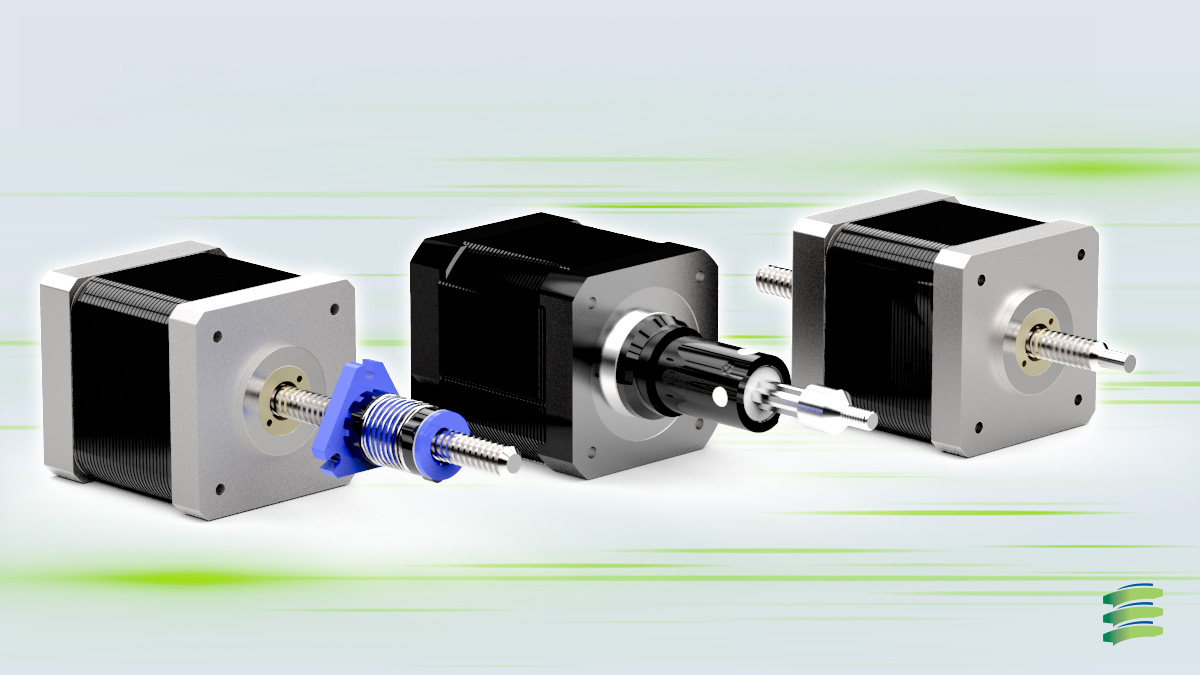Choosing the Perfect Stepper Motor Linear Actuator for Your Application
A Technical Engineer's Guide

As a technical engineer, one of the critical challenges you may encounter is selecting the ideal stepper motor linear actuator for your application. The performance and success of your project depend heavily on this decision. In this comprehensive guide, we will outline the essential steps and considerations required to choose the correct size and configuration for a stepper motor linear actuator. By following these guidelines, you can ensure optimal functionality, efficiency, and reliability for your specific needs.
Define Your Application Requirements
Before diving into the selection process, it is crucial to have a clear understanding of your application requirements. Consider the following factors:
- Load Characteristics: Determine the maximum and minimum loads your actuator needs to handle, including weight, dimensions, and potential dynamic loads during operation.
- Speed and Precision: Define the desired travel speed and accuracy needed for your application. This will help determine the appropriate motor type and step resolution.
- Operating Environment: Assess the operating conditions, such as temperature range, humidity, dust, and vibration, to ensure the selected actuator can withstand and perform reliably in these conditions.
- Power Supply and Control: Determine the power supply voltage and available control interfaces to match with the actuator's electrical specifications.
Calculate Required Force and Torque
The next step is to calculate the force and torque requirements for your application. This involves understanding the mechanical parameters and considering factors such as:
- Load Force: Calculate the force required to move the load based on its weight and any external forces acting upon it.
- Friction: Consider the frictional forces that may oppose the movement and add them to the load force.
- Acceleration and Deceleration: Account for the required acceleration and deceleration rates, which impact the torque and overall performance of the actuator.
- Mechanical Efficiency: Keep in mind the transmission efficiency, gear ratios, and other mechanical components to determine the necessary torque output from the stepper motor.
Determine Travel Distance and Speed:
The travel distance and speed requirements play a significant role in selecting the appropriate stepper motor linear actuator. Consider the following factors:
- Stroke Length: Determine the maximum and minimum stroke lengths needed for your application. This will help define the required actuator size and type.
- Travel Speed: Calculate the desired maximum and minimum travel speeds, considering factors such as cycle time and production requirements.
- Acceleration and Deceleration Profiles: Determine the acceleration and deceleration profiles to ensure smooth and precise motion control.
Match Actuator Specifications:
With the application requirements, force, torque, travel distance, and speed determined, it's time to match these specifications with the available stepper motor linear actuator options. Consider the following aspects:
- Holding and Running Torque: Ensure the selected actuator provides sufficient holding torque to prevent unintended motion and running torque to move the load at the desired speed.
- Step Resolution: Choose an actuator with an appropriate step resolution to meet your application's precision requirements. Higher resolutions offer finer positioning but may reduce the maximum achievable speed.
- Duty Cycle: Consider the expected duty cycle of your application, including the ratio of running time to resting time. This will help determine the actuator's required continuous or intermittent operation capability.
- Size and Mounting Options: Evaluate the physical dimensions and mounting options of the available actuators to ensure compatibility with your application's space constraints.
Conclusion
Selecting the correct size and configuration of a stepper motor linear actuator is a critical decision that impacts the performance and efficiency of your application. By thoroughly understanding your application requirements, calculating force and torque, determining travel distance and speed, and matching these specifications with available actuator options, you can make an informed decision.
Remember to consider factors such as load characteristics, operating environment, and power supply compatibility to ensure the chosen actuator meets all your needs. With careful consideration and proper selection, your stepper motor linear actuator will enable precise and reliable motion control, leading to the success of your project.


